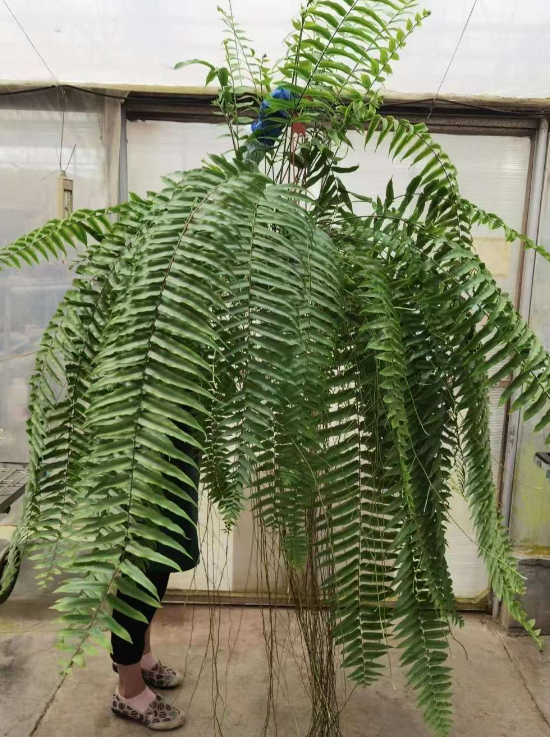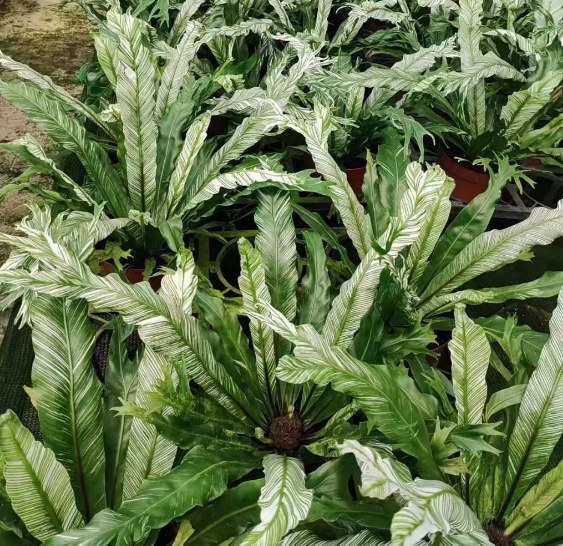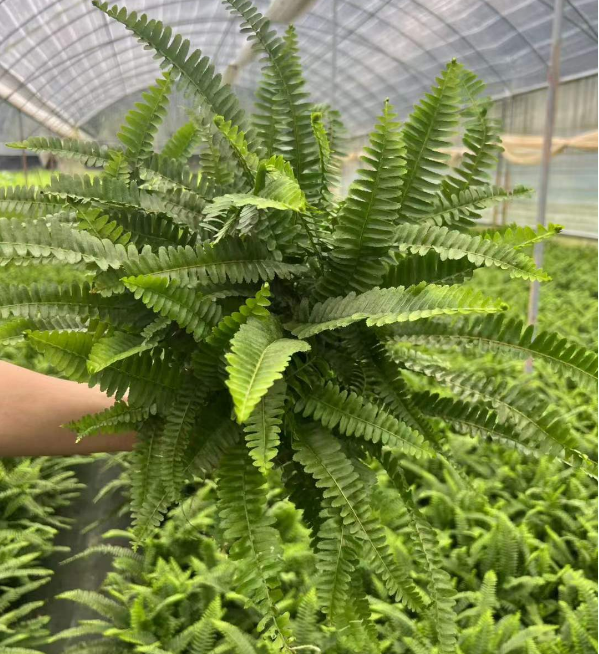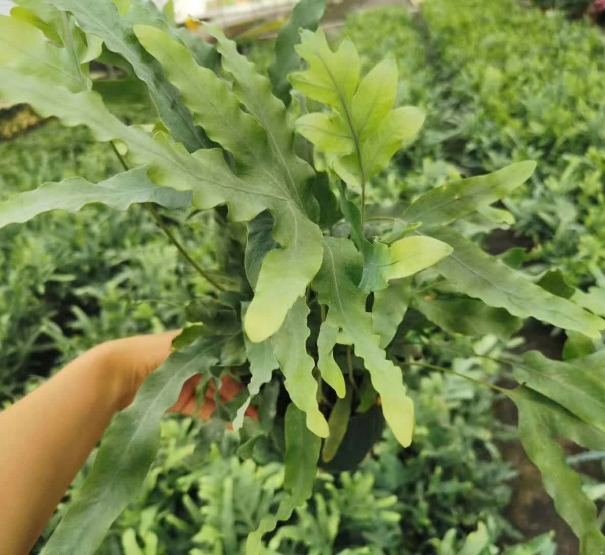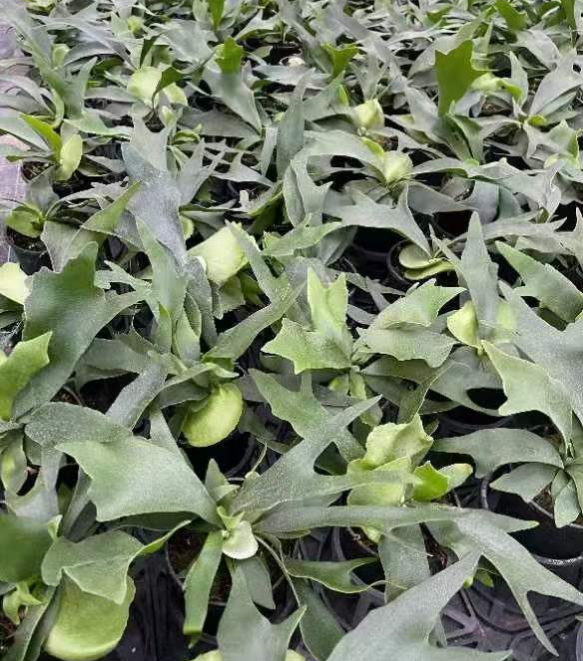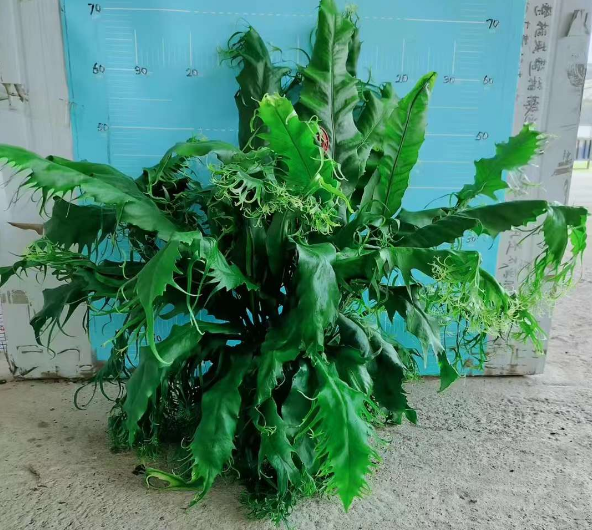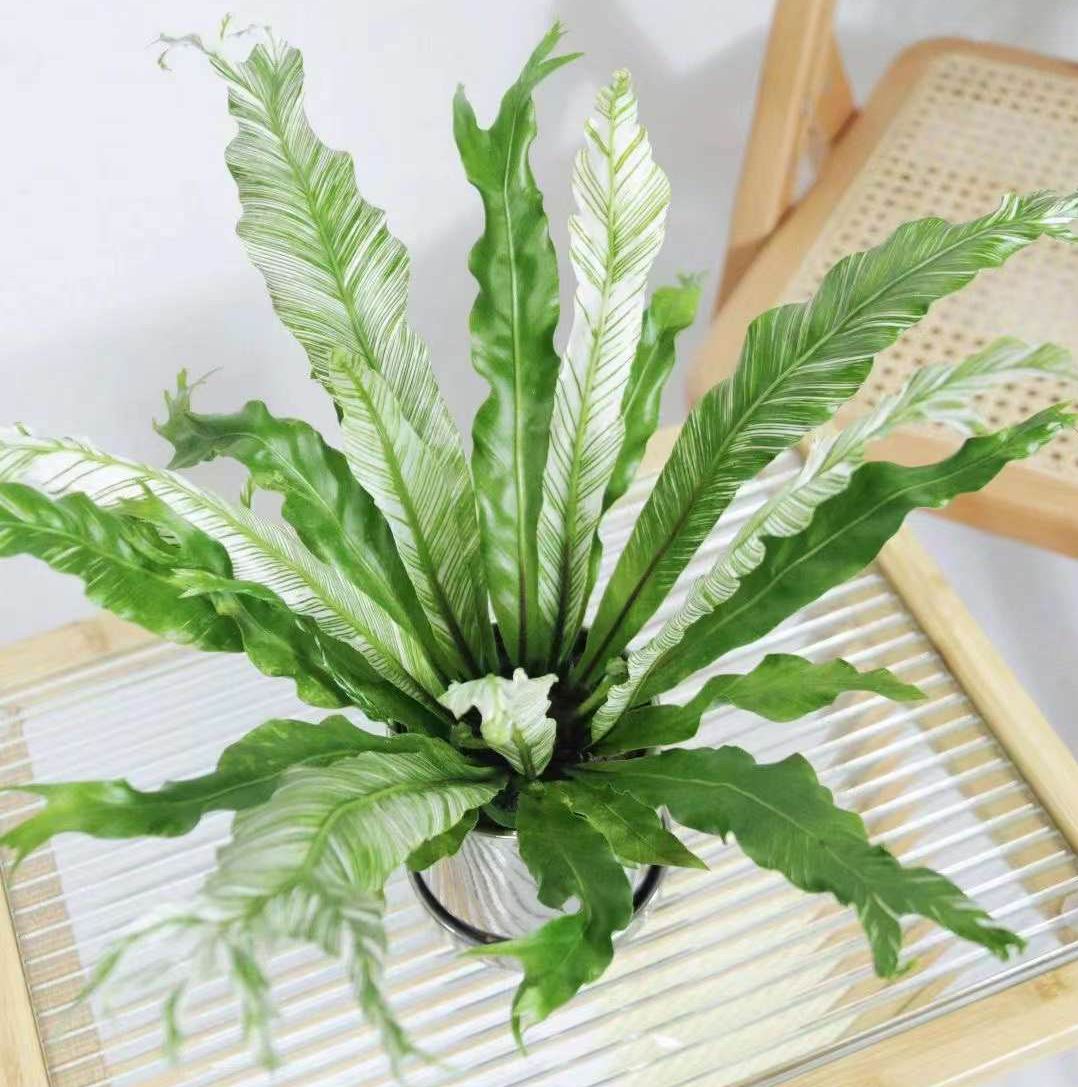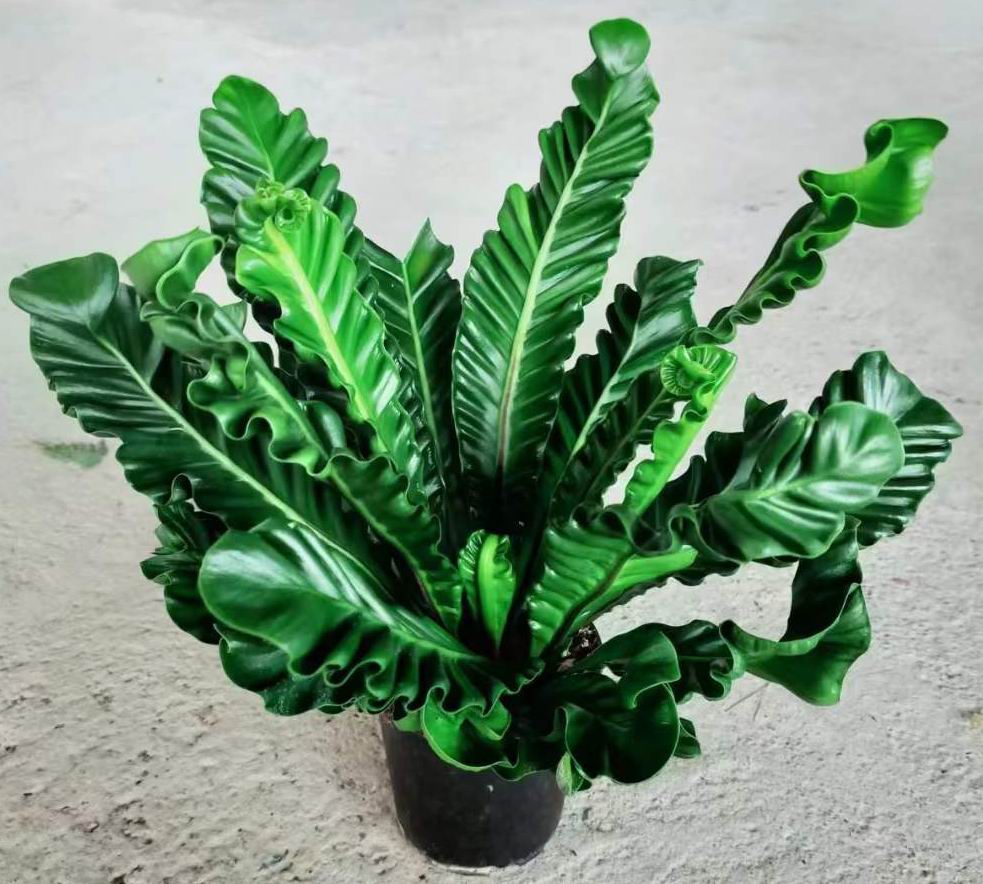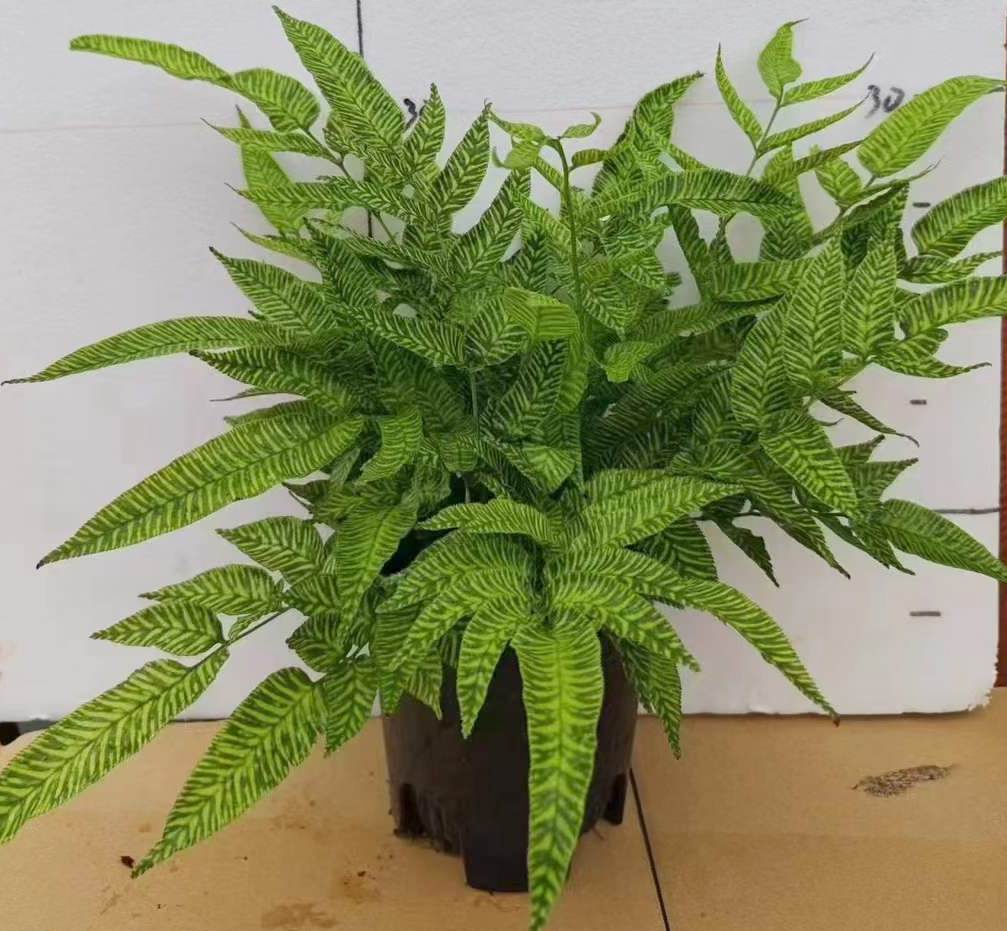Різні види папороті можуть мати специфічні температурні переваги. Вивчіть особливі потреби видів папороті, які ви вирощуєте, оскільки деякі види папороті можуть мати більш специфічні вимоги до температури. Забезпечуючи відповідний температурний діапазон і уникаючи екстремальних умов, ви можете допомогти забезпечити здоров'я і життєздатність ваших папоротей.
Ґрунт: Правильний вибір ґрунту для папороті має вирішальне значення для її росту та загального здоров'я. Папороті зазвичай надають перевагу добре дренованій ґрунтовій суміші, яка утримує вологу, дозволяючи надлишковій воді стікати, і запобігає перезволоженню, що може призвести до загнивання коренів. Уникайте використання важких глинистих ґрунтів, які утримують надмірну вологу. Натомість обирайте добре дреновану ґрунтову суміш або суміш ґрунтів, спеціально розроблену для кімнатних рослин або папоротей.
Папороті подобається пухка, повітряна і добре дренована ґрунтова суміш. Суміш торф'яного моху, перліту та крупнозернистого піску часто підходить для папороті. Таке поєднання сприяє хорошому дренажу, зберігаючи при цьому вологу для кореневої системи папороті. Вони процвітають у ґрунті, багатому на органічні речовини. Додавання компосту, листової плісняви або добре перепрілого гною до ґрунтової суміші може покращити її родючість, утримання води та вміст поживних речовин. Ці органічні матеріали також покращують здатність ґрунту утримувати вологу, не допускаючи його перезволоження. Хоча папороті не потрібен надто багатий ґрунт, корисно забезпечити їх ґрунтовою сумішшю, яка містить збалансоване поєднання поживних речовин. Цього можна досягти, використовуючи якісну ґрунтову суміш або додаючи в ґрунт органічні добрива з повільним вивільненням.
Більшість папоротей надають перевагу слабокислому або нейтральному ґрунту з рН від 5,5 до 7,0. Вимірювання рН ґрунту та його коригування, за необхідності, допоможе створити оптимальне середовище для папороті. Додавання органічних речовин, таких як компост або хвоя, може допомогти знизити рівень рН, якщо ґрунт занадто лужний.
Регулярно контролюйте рівень вологості ґрунту і відповідно регулюйте полив. З часом, коли органічна речовина розкладається, вам може знадобитися оновити ґрунтову суміш або пересадити папороть, щоб підтримувати оптимальні умови ґрунту. Зверніть увагу, що різні види папороті мають різні ґрунтові уподобання, тому завжди варто дослідити специфічні вимоги до ґрунту, щоб забезпечити задоволення їхніх особливих потреб.
Prрозмноження: Папороті можна розмножувати різними методами, включаючи розмноження спорами, поділ та іноді за допомогою культури тканин.

